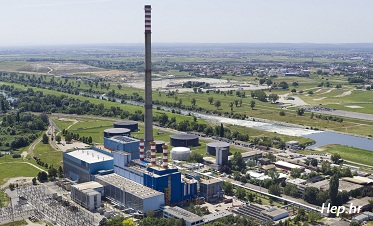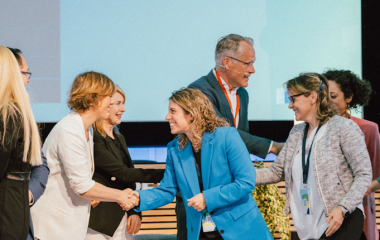
Croatian Energy Regulatory Agency (HERA) awarded Block L in HEP Group’s TE-TO Zagreb the status of privileged electricity producer last month, Energetika.net reported. This is the Croatian government-owned power utility’s first highly efficient cogeneration unit to receive incentives for power generation. The official rate is HRK 0.53 (EUR 0.07) per kWh.
Block L of TE-TO Zagreb, fuelled by gas, has the capacity of 100 MW for power, 80 MW for thermal energy and for 60 tonnes of steam per hour. It was put into operation in 2011. As a high efficiency combined heat and power (CHP) plant, the unit supplies district heating for parts of the system in the capital city of Zagreb with a total annual efficiency greater than 80%, the article said. In the procedure for obtaining the status of a privileged electricity producer, HEP proizvodnja has submitted documentation and adapted measuring systems to prove that the block, with achieved annual savings of primary energy of more than 10%, satisfies all the conditions.
Entry of large manufacturers to the incentives scheme will affect the entire system of subsidies because the operator’s incomes are getting smaller.
The company said it is difficult to estimate in advance how much Block L of TE-To Zagreb will earn because it depends on the total number of working hours in the status of high-efficiency cogeneration, which in turn depends on the total consumption of thermal energy, requirements of the electricity market and the work of other electric power plants. Since the plant produces 800 GWh of electricity per year, it is possible for the income from incentives to reach EUR 40 million, with an additional EUR 13.3 million if HEP sells the energy on the market.
The entry of large manufacturers to the incentives scheme will affect the entire system of subsidies because Croatian Energy Market Operator’s (Hrote) incomes are smaller than a year ago, while subsidized energy is abundant, the portal adds.
According to projections, by the end of this year there will be 736 MW installed in eligible facilities, including Block L, with the potential for 2 TWh of power on an annual basis. Hrote already recorded a negative trend this year in the collection of funds for incentives.

















